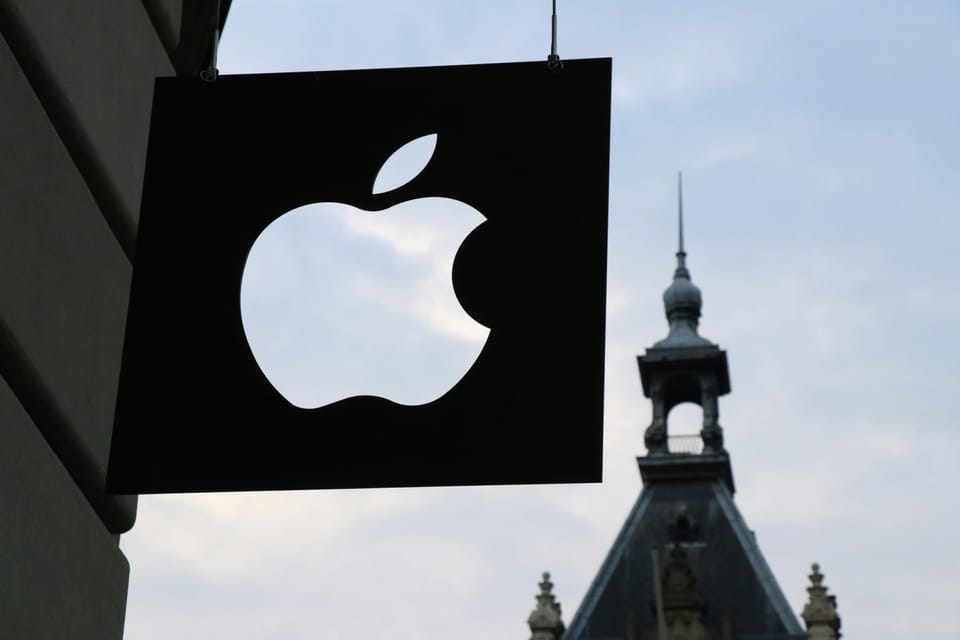Apple says has cut its carbon footprint by 60% since 2015

Apple has reported a 60% carbon footprint reduction across Scopes 1, 2 and 3 since its 2015 base year, putting the company on track to deliver its targeted 75% decrease by 2030.
The numbers disclosed this week in Apple’s latest sustainability report do not include the millions of carbon offsets retired by Apple to claim ‘carbon neutrality’ – a claim that recently led to a greenwashing lawsuit.
Apple’s carbon footprint went from 38.4 million tonnes of emissions in 2015 to 15.3 million tonnes in 2024. In the last year alone, emissions decreased by around 5.45%.
The decrease has been largely driven by reductions in Scope 3 emissions, which have dropped consistently since 2021, reaching 14.5 million tonnes last year.
Read also: What can CSOs learn from Apple's sustainability communications?
Renewable energy in Apple’s supply chain
According to Apple, 21.8 million tonnes of CO2 equivalent have been avoided in Scope 3 thanks to the deployment of 17.8 gigawatts of clean energy across its global supply chain, as part of its goal to help suppliers transition to 100% renewable energy.
But for Greenpeace, this progress should be taken with a pinch of salt. The NGO notes that beyond Apple’s reported numbers, it’s critical to also examine data for its biggest suppliers. For example, Pegatron, a key final assembly supplier to Apple, reported sourcing just 47% of its electricity from renewable energy in 2023, with no commitment to reach 100%.
In its sustainability report, Apple admits that “in some cases, suppliers are prompted to rely on less impactful interim solutions, like one-time purchases of energy attribute certificates from existing renewable energy projects” due to technical and regulatory barriers to renewables adoption.
But for Greenpeace, it’s the role of large buyers like Apple to incentivise the transition by advocating with governments and investing in renewable energy projects themselves. Greenpeace East Asia climate and energy campaigner Rachel Yu said: “The electronics industry must speed up its transition to renewable energy across the supply chain. Suppliers to Apple and other major tech companies need to stop pursuing false solutions and using excuses to delay climate action.”
Read also: Scope 2 emissions accounting – changes ahead
Apple’s corporate emissions have tripled since 2021
While Scope 3 emissions have dropped substantially, Apple’s corporate emissions – including Scope 1 and 2 and Scope 3 business travel and employee commute – are on the rise. This footprint went up more than 40% between 2023 and 2024, and no less than 300% since 2021.
According to the sustainability report, this increase is primarily due to Scope 3 ‘other fuel and energy-related activities’, which jumped from just 10,600 tonnes in 2023 to 166,400 tonnes the year after.
This category of Scope 3 emissions covers upstream emissions from the production and transportation of purchased fuels and electricity, and Apple notes that life cycle emissions associated with renewable electricity are also included.







Member discussion